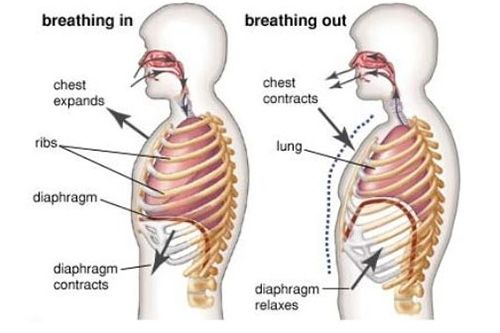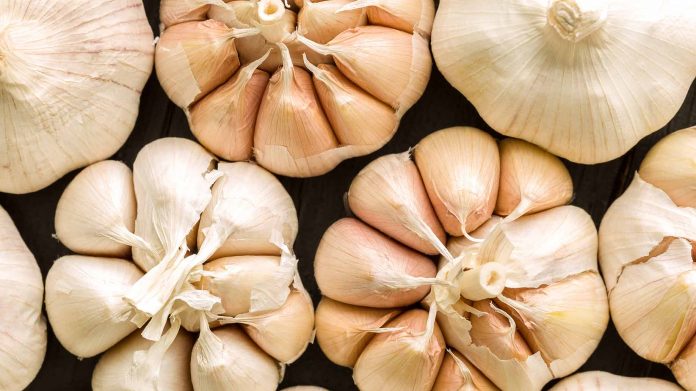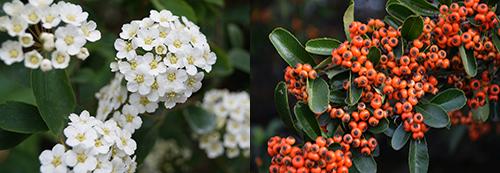When was the last time you checked your blood pressure? About 34% of American adults have elevated blood pressure, according to the American Heart Association ( AHA).
High blood pressure, known as the silent killer, raises the risk of heart failure and strokes, is not anything to be overlooked. An optimal reading of blood pressure is usually considered to be below 120 mmHg (systolic) or 80 mmHg (diastolic), anything over this and we can look for ways of reducing it. This being said, variations are very normal and affect us all, it only becomes a cause for concern when our blood pressure is elevated for a prolonged period.
For this reason, monitoring blood pressure levels over time is important in order to get a clearer, more accurate image. Home monitor kits may not only save us from having to make repeated trips to our health care provider, but may also give us greater autonomy and insight as to what affects these levels and what we can do to lower them personally before using conventional medicines.
This article looks at treatments that have been proven to have a beneficial impact on reducing blood pressure, and we can easily try ourselves. The list is, of course, not exclusive; for example, Black Seed induces a decrease in both systolic and diastolic blood pressure, and is certainly deserving of consideration.
Hibiscus
Try Hibiscus for a tasty brew, with the added bonus of reducing the blood pressure. It has been shown that the healing powers of red aromatic plant Hibiscus Sabdariffa extend to hypotension. The study on the anti-hypertensive effects of Hibiscus was carried out by nutritionist Mckay and presented at the American Heart Association, an annual conference held in 2008/2009.
This randomized, double-blind, placebo-controlled clinical trial was performed on 65 individuals who were pre- and moderately hypertensive, aged between 30-70 years over a 6 week period. They were split into two groups, 240 ml of brewed hibiscus tea was given to the first group three times a day while placebo was given to the second group. The findings showed that blood pressure was lowered by 7 mmHg on average and that the effect was even greater in those with a higher pre-existing baseline blood pressure level.
Tea making is the most common way to consume the hibiscus. The flora that is usually dried and steeped in boiling water is the component of the plant being used. If you can’t find a new hibiscus, the dried flowers are sold in natural food stores.
Garlic
Garlic can reduce blood pressure, and studies is underway to support that.
In 2008, Reid Ketal performed a meta-analysis evaluating the impact of garlic on blood pressure. This study found 11 previous studies in which participants were mainly given doses ranging from 600-900 mg over 11–23 weeks. Overall , the studies have demonstrated an average decrease in systolic pressure of 4.6 mmHg. Ironically, those previously diagnosed with high blood pressure have seen a more remarkable decrease of systolic 8.4 mmHg and diastolic 7.3 mmHg. More recently, a double-blind randomized placebo-controlled study published in the journal Comprehensive Blood Pressure Management in 2016 found that daily consumption of aged garlic extract was just as effective as regular blood pressure medicine.
Allicin is the active ingredient in garlic and is credited with the benefit of reducing blood pressure from garlic. Since some work has shown that some garlic brands do not contain, or only release, 15 percent of their allicin capacity, it has been suggested that powdered allicin extract might be the best way to benefit from a stable volume. Of course, you can opt for fresh garlic, for which the recommended dose varies from 1-4 cloves per day. Bear in mind, however, that allicin is only released in fresh garlic when crushed or chopped; if not taken immediately, it is lost.
Hawthorn
Hawthorn’s use, also referred to as the ‘heart herb,’ was recorded as being used in Western medicine as far back as the 1st century to treat cardiovascular disease. It also has a very long history of Chinese medicinal use (Shan Zha). Several studies have concluded that hawthorn significantly improves heart function, although there is less independent evidence about its effect on hypotension given its historical use. The first randomized controlled trial to demonstrate that blood pressure was significantly reduced by the treatment with a hawthorn extract in people with type II diabetes. According to the University of Maryland Medical Center (UMMC), it is the antioxidant flavonoids that can help dilate blood vessels, improve blood flow and protect the vessels against harm.
For those who wish to try it, UMMC recommend 1,200 mg of herbal extract per day, which corresponds to 6 grams of dried flowering tops per day. It is contraindicated with different medicines, so please check with your health care provider before you take it.
You can make your own berries dry and powder by mashing them with a tiny bit of water, extracting the stone and putting through a sieve. Once completely dry, spread the pulp to dry on baking paper, they can be made into powder by grinding. However, they are very tough so you might prefer to buy already dried berries from a supplier of herbs. Another way to ingest the berries is to produce a tincture by coating the berries in vodka or brandy and left for at least 2-4 weeks in an airtight jar in a cool dark place.
Lifestyle and diet
This might sound like the obvious, but let’s not be too hasty to ignore or underestimate the impact of only making lifestyle adjustments to improve our lives. Those with a balanced diet, do regular exercise and take steps to reduce stress, whether through meditation or other means, are at least at risk from high blood pressure, without dispute.
The American Heart Association’s latest recommendation involves avoiding alcohol, taking part in daily physical activity and no surprises here, consuming a well-balanced, low-salt diet. The AHA ‘s suggested optimal daily salt consumption is less than a third of a teaspoon and no more than a teaspoon.
An interesting argument is that potassium acts in the body to minimize the effect of sodium on the body; the more potassium we consume, the more sodium we transfer through our urine. Our bodies are ever-hard-working miracle machines to achieve homeostasis! The maximum intake of potassium for an average person is 4,700 mg per day, but because potassium supplements can be excess, it is best to get the potassium that your body requires from the foods you consume. Nutrition rich in potassium includes:
fruits, such as apricots, bananas, kiwi, oranges, and pineapples
- vegetables, such as leafy greens, carrots, and potatoes
- lean meats
- whole grains
- beans and nuts
Deep breathing
Why wait? Right now you can start the steps to lower your blood pressure by taking some deep breaths. Deep breathing can counteract the response to fight or flight by triggering the parasympathetic nervous system, the long-term nervous system that we want to be running on if we are to enjoy good health.
A Japanese study in 2005 revealed that as little as 6 deep breaths can lower blood pressure. Although deep breathing exercises are useful, attention is paid to our normal breathing pattern which will produce optimum results. Is it your chest or belly that gets up at breathing? In comparison to the lungs, deep diaphragm breathing into the abdomen is what we want to adopt; this increases blood flow to the tissues of the body and decreases resistance in the blood vessels, with the eventual result of reducing blood pressure.













